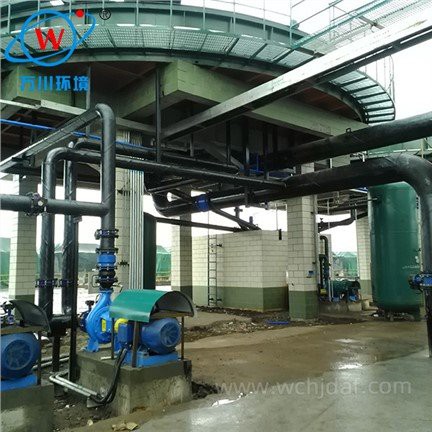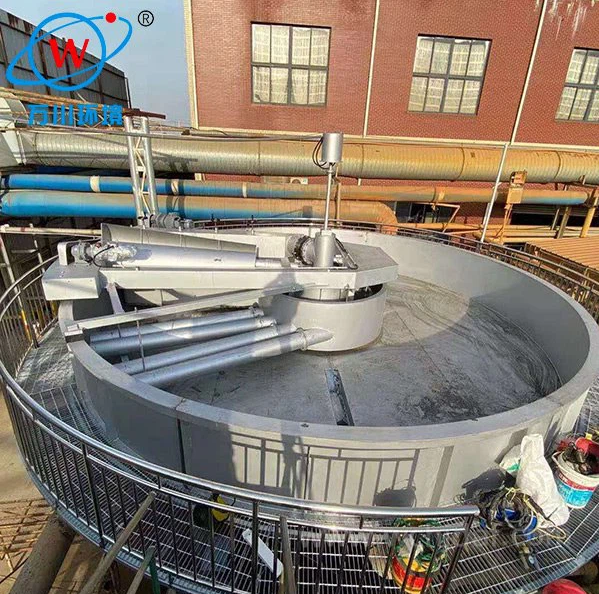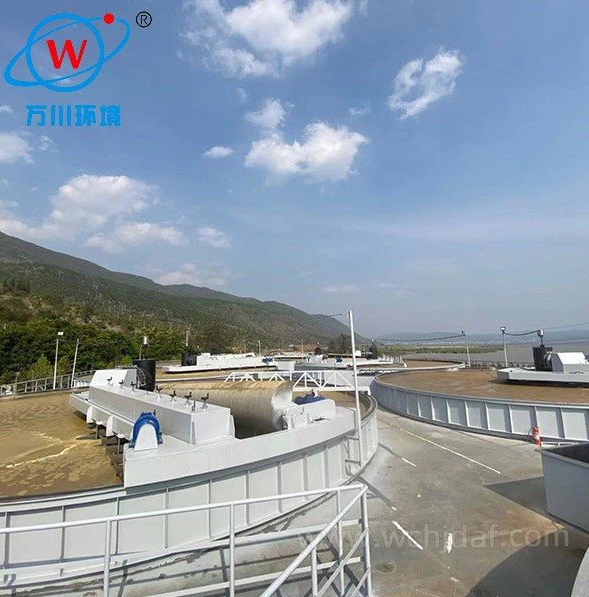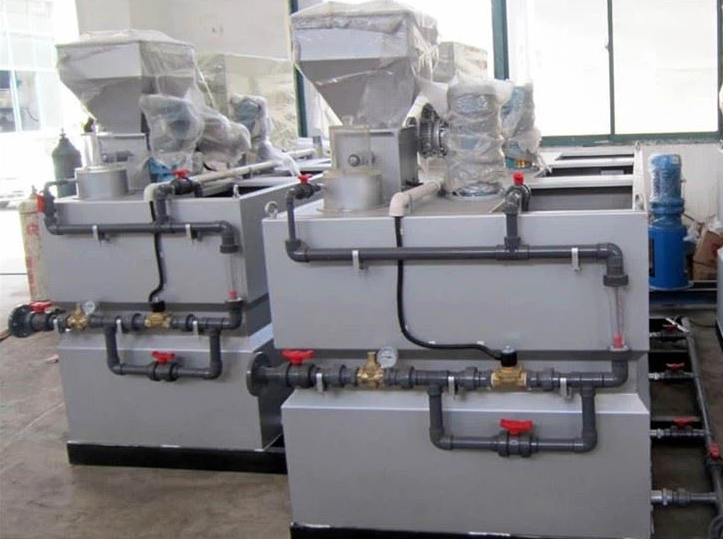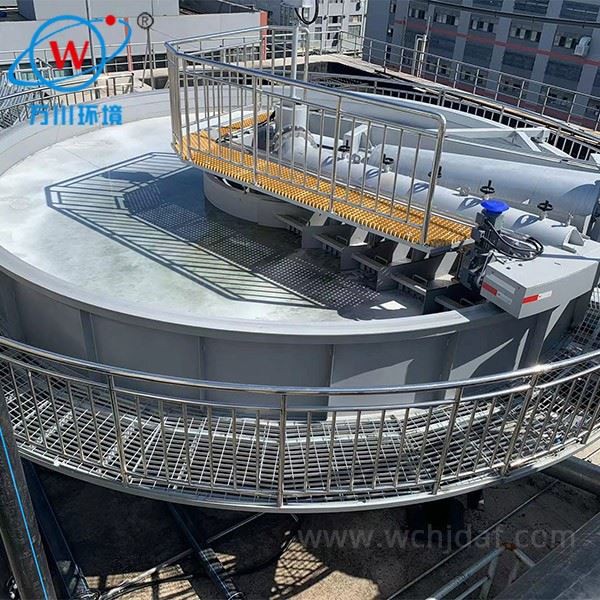Optimizing Dissolved Air Flotation (DAF) Performance
Maximizing a DAF unit's efficiency requires careful adjustment of operational parameters and consistent maintenance practices. Follow these guidelines to achieve optimal treatment results.
Air Management
- Maintain air-to-solids ratio between 0.005-0.03 (adjust for pollutant type)
- Target microbubble size of 10–100 micrometers for effective particle capture
- Keep pressure at 50–70 psi in pressurized systems for optimal bubble formation
Key Performance Parameters Hydraulic loading rate: 2–5 gpm/ft² • Chemical dosage: Test regularly based on influent • pH range: 6.5-7.5 for most applications
Chemical Optimization
- Use coagulants/flocculants to enhance particle aggregation
- Avoid over-dosing to prevent sludge buildup
- Conduct jar tests to determine optimal chemical dosages
Maintenance Tip: Clean skimmers and weirs weekly to prevent flow blockage. Inspect air dissolving tank monthly for scaling - use mild acid cleaning when needed.
Monitoring & Control
- Install sensors for pH, turbidity, and airflow monitoring
- Implement real-time adjustments based on sensor data
- Prevent short-circuiting by matching flow rates to design capacity
Regular monitoring and adjustment of these parameters will ensure consistent DAF performance, efficient contaminant removal, and extended equipment lifespan.

